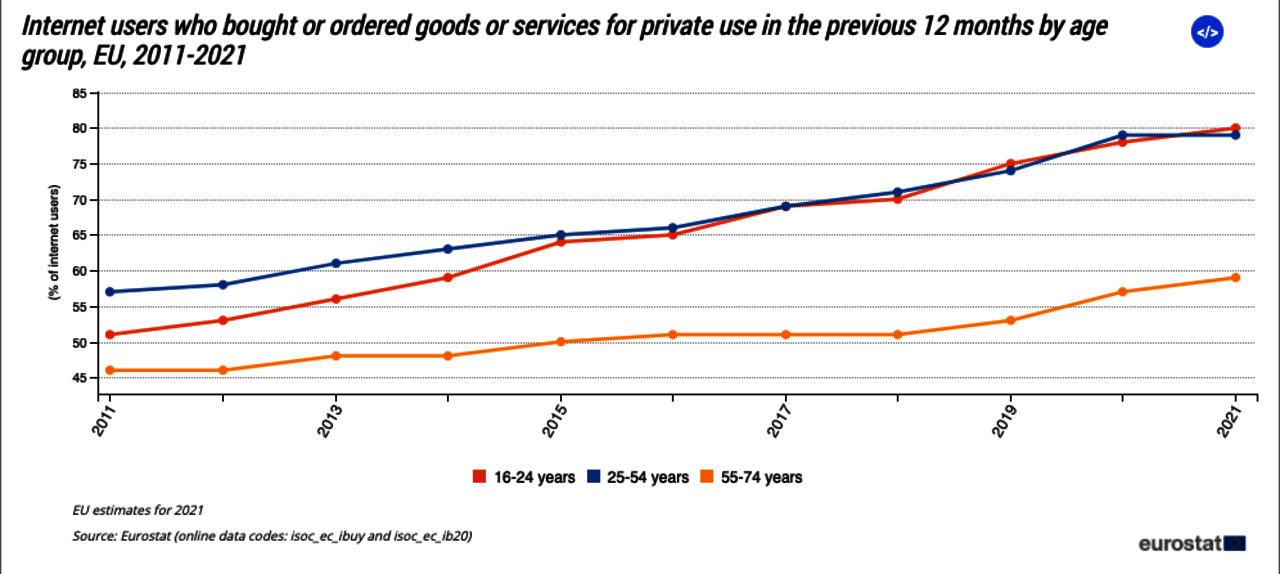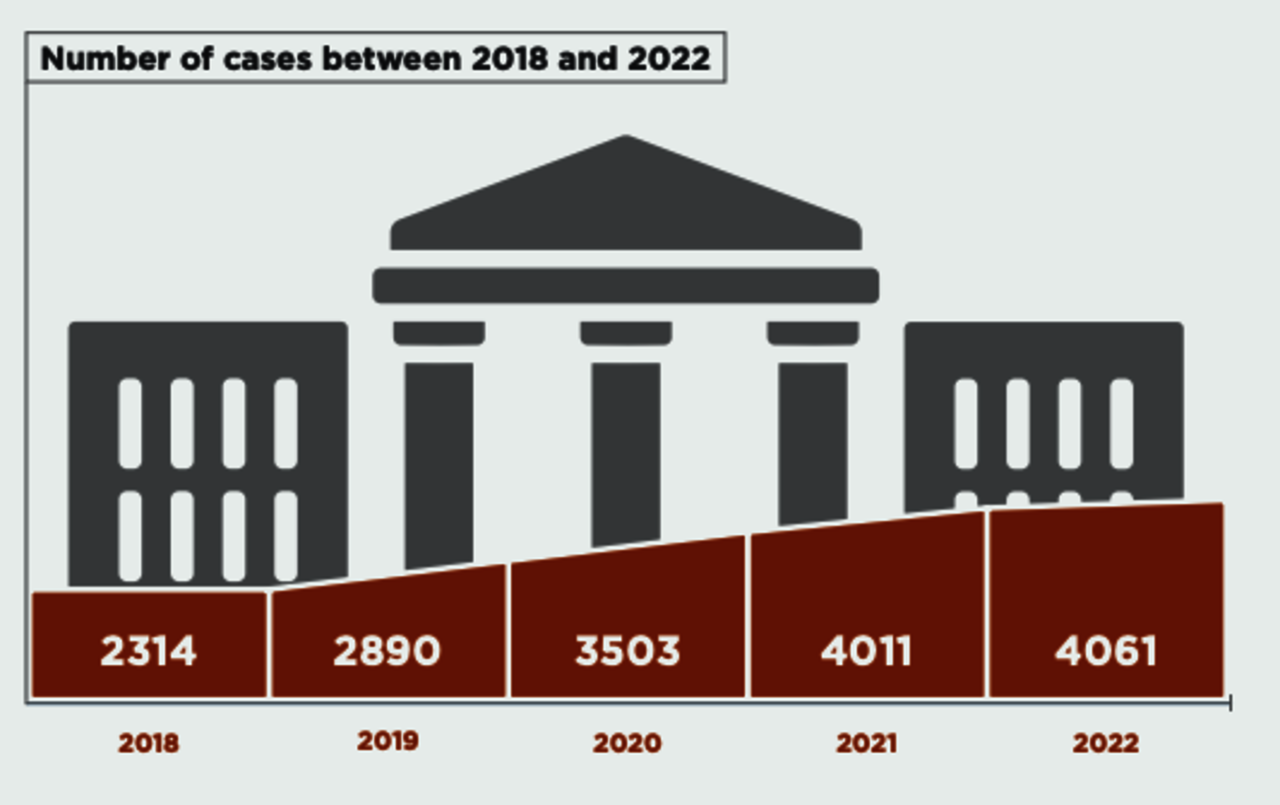
Ecommerce accessibility quick guide - why and how?
Regardless of what products we offer and whether our business is B2B or B2C, we always try to reach as many users as possible to get them to buy our product. Sometimes, however, it is worthwhile to stop and think about how not to exclude certain groups of potential customers and how not to discourage them from buying.
This article consists of two parts. The first one explains why accessibility in ecommerce is important and what benefits it brings. The second part provides tips on testing and implementing accessibility features in your store.
Diverse users, different needs
Starting from the basics, web accessibility is the inclusive practice of ensuring that there are no barriers that prevent interaction with a website or an app. It ensures that a website is operable and available for users with diverse abilities. There is a misconception that accessibility focuses exclusively on users with disabilities, mainly people who are blind and deaf. That is not the case, however.
According to WHO, an estimated 1.3 billion people – or 1 in 6 people worldwide – experience significant disability. That is about 16% of the population. 80% of disabled people have a hidden impairment.
There are different types of limitations - visual, physical, auditory, speech or cognitive. Each of those can be permanent, temporary or situational. For example, when building a website with vision impaired users in mind, we make it more usable in sunlight. Captions for videos help users with hearing disabilities but they are also useful for customers who do not speak our language well or those in noisy spaces without headphones. It’s like a curb cut - it’s beneficial for people in wheelchairs, parents with baby strollers, cyclists or skaters. It is a spectrum of needs, not particular cases we need to cover to provide the best usability experience.

Elderly Internet users
We observe a significant growth in the numbers of elderly Internet users, also as ecommerce customers. According to Eurostat, the number of users in age group of 55-74 years who ordered goods or services has increased from 46% in 2011 to 59% in 2021:
The prevalence of disabilities rises with age. There are already more users with disabilities who want to shop online than 10 years ago, and that number will increase. In 10 years, users in the 25-54 age group, 80% of whom buy online today, will likely still be using ecommerce services.
Accessibility, usability and engagement
When choosing stores to buy from, web customers pay more attention to positive experiences and social engagement of brands.
Numerous consumers consider company’s values when making a purchase online and many customers, Millennials to Gen Z’s in particular, favor brands that care about helping others. Becoming inclusive sets you apart from your competition.
Taking unusual situations, different devices and places, in which users reach web content into consideration, we can say that all of us have special needs and we all use assistive technologies (AT), like keyboard, mouse, voice recognition, browser magnifier or screen reader.
By making your website accessible, you provide great user experience for all and show that you care about inclusivity, both factors can convince customers to choose your store from the competition.

Risk of lawsuit
Web accessibility is not only part of social engagement and expression of empathy, it is also a legal requirement.
In the United States, according to ADA (The Americans with Disability Act), websites and online stores have to be equally accessible for all users to avoid discrimination. As a result, since 2018 the number of court cases has grown progressively. According to UsableNet, there were over 4000 ADA-related cases in 2022:
Ecommerce industry receives 74% of ADA digital lawsuits.
To get more information about ADA lawsuits and its development in the last 5 years I recommend the UsableNet article: Five years of ADA web and app lawsuits - key observations and trends.
In the European Union, there is an EU Web Accessibility Directive which applies only to the public sector and the European Accessibility Act (EAA) or EU Directive 2019/882 which is in the implementation process and applies to ecommerce, among others. EAA should be fully applied by June 2025.
Numerous countries have their own law for web accessibility, to learn more, check W3C law & policies information.
Neither the ADA nor the EAA provides any technical guideline, they both indirectly refers to WCAG (Web Content Accessibility Guidelines)
Do we need accessible businesses?
What about B2B stores? Is there any difference in the need for accessibility policies in this business sector? Not at all.
Behind each business there are people, and they engage with and buy from people and companies they like. Whichever industry you operate in, whatever businesses you deal with or sell to, it is highly likely you will encounter individuals who have disabilities or special needs for reaching digital content.
Make the B2B experience enjoyable and accessible converts to business value.
Accessibility for better code
Last but not least, implementing accessibility features makes your code more understandable to browsers. Using semantic HTML elements, valid code with alternative texts, well described interactive elements and microdata is better recognizable by search engines and robots. It impacts our SEO results and can increase the number of feeds.
Summarizing benefits of accessibility
- opening for wider audience by not excluding users with divers limitations
- encourage elderly customers
- providing better usability for all users
- increasing users engagement by inclusiveness and positive brand values
- reducing risk of a digital lawsuit
- improving search results, code quality and browser support






